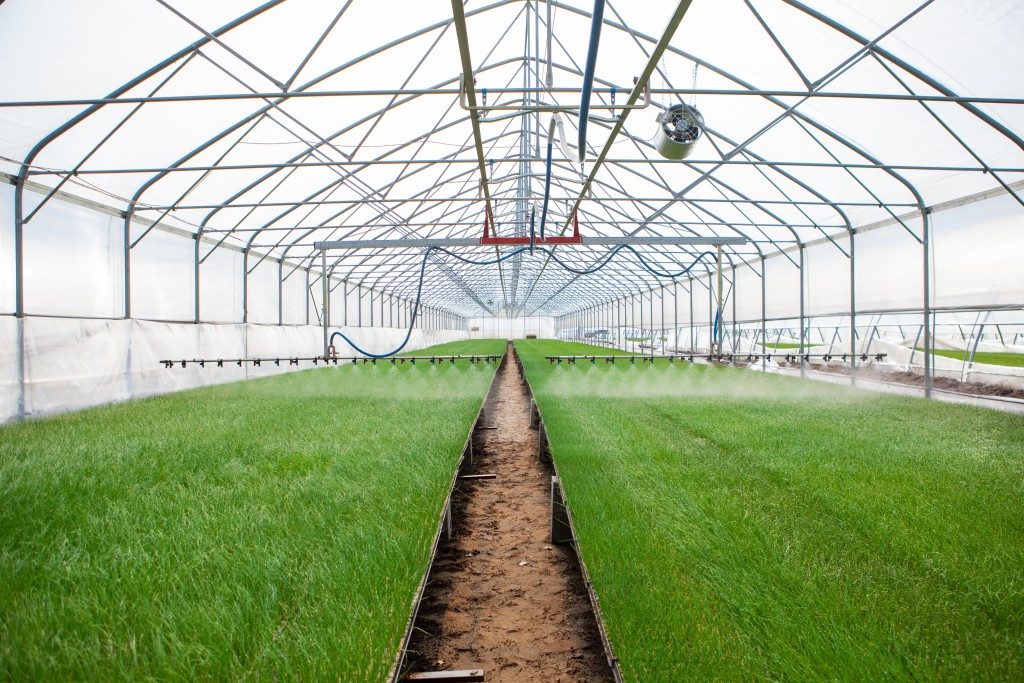- Planning the construction of a skyscraper requires careful analysis and consideration of factors like building and environmental concerns.
- Building materials and techniques must be carefully chosen to ensure cost-effectiveness while allowing for structural integrity and safety.
- Structural integrity must be carefully considered to ensure the building can withstand wind and seismic activities.
- Safety protocols are essential for protecting workers and occupants during construction and should include hazard assessment and training.
Due to the complexity of constructing skyscrapers, several factors must be considered. These include the building materials and techniques used during construction, structural integrity, safety protocols, and cost-effectiveness.
Additionally, environmental considerations such as sustainability should also be factored in when planning the construction of a skyscraper. All these elements combine to create an intricate puzzle that requires careful analysis and planning before commencing any project involving tall structures.
Building considerations
Here are some building considerations when constructing skyscrapers:
Building materials and techniques
When constructing skyscrapers, it is of utmost importance to properly consider the materials and techniques used. Though they all provide different advantages, opulent, costly materials are only sometimes the ideal choice. Hiring crane services may be an expensive short-term expense, yet skyscrapers that are constructed utilizing cheaper materials may suffer hefty long-term repair or replacement costs.
Therefore, it is most effective to choose economical and reliable materials and building practices that are right for the job and optimized for the location’s climate, regardless of budget. If an efficient job is done from the start, then both cost and quality will be served well in years to come.
Structural integrity

Considering the structural integrity of a skyscraper project is one of the most critical steps in its construction. When tower design, building materials, and techniques are carefully chosen and combined, engineers can ensure that the structure will remain standing when faced with forces such as wind and seismic activities.
When pouring concrete for the footings, workers must ensure it cures with the strength to support the weight of other materials. Rebar must be bent and placed correctly to reinforce concrete layers and surrounding steel frames. Additionally, architects should be mindful of any affected drainage patterns when planning connections between components.
Safety protocols
Constructing a skyscraper requires more than just a team of engineers, planners, and workers. Ensuring safety in construction must also be considered, as it is an integral part of the process. Heightened safety measures are essential in understanding the potential perils that can arise when constructing these massive buildings.
Careful thought needs to be given to the training and expertise of the personnel involved, including experience in handling dangerous work conditions on the site, which may change due to extreme heat or weather.
An effective safety management plan should include hazard assessment of the environment and risk mitigation tactics such as the use of protective equipment, inspections at regular intervals, and proper safety guidelines to ensure that every worker enters the home safely at the end of every working day.
Together with adequate funding and a dedicated team, these measures can spell success for all involved parties by guaranteeing adherence to all legal protocols and successful project completion on time and within budget.
Cost-effectiveness
Proper consideration of cost-effectiveness when constructing skyscrapers is critical in ensuring long-term financial success. Cost efficiency should not come at the expense of quality. However, the overall value is still dependent on the quality of the construction and materials used.
To save money with regards to cost-effectiveness, one should look into using versatile and efficient building systems, carefully evaluating the tradeoffs between labor costs and material costs, taking full advantage of efficiencies found in optimized design and energy usage as well as looking for local vendors that can give bulk discounts and incentives.
Lastly, all bidding must be done correctly to ensure only competent firms are hired for the job while also providing competitive market rates for the best prices. Good management of cost considerations does not necessarily equate to cheapness but rather an adaptation of a combination of best business practices that guarantee sustainability for future generations.
Maximum protection for workers and occupants
The safety of workers and occupants during the construction of skyscrapers is of utmost importance, and proper consideration must be given to ensure maximum protection. To properly secure workers and occupants in a tall building, developers should consider implementing redundant systems, such as fire protection through sprinklers, that can safely evacuate everyone in an emergency.
The use of fail-safe materials and structural designs should also be considered when constructing these structures so that they can withstand the elements and other potential problems. Security measures are also crucial and may include access control systems, elevators, cameras, surveillance, and communication. When considering all these measures, it is important to ensure they don’t conflict with one another so that optimal safety can be achieved at all times.
Natural disasters or extreme weather conditions

When constructing skyscrapers, it is essential to consider the potential risks associated with natural disasters and extreme weather conditions. This requires an in-depth evaluation of the landscape and climate to determine how a building should be designed or reinforced. Building materials and construction techniques must be analyzed to ensure that they meet current safety standards and any specific regulations in the area.
Additionally, extra care should always be taken when working on tall structures due to the increased risk of harm or damage if built or modified incorrectly. Considering these potential risks before a skyscraper is erected, builders and architects can deter hazardous conditions due to extreme weather or natural disasters.
These are just some considerations that must be made when constructing a skyscraper. It is important to ensure all safety protocols are followed and that all building materials, techniques, and structural integrity measures have been carefully evaluated before commencing construction.

